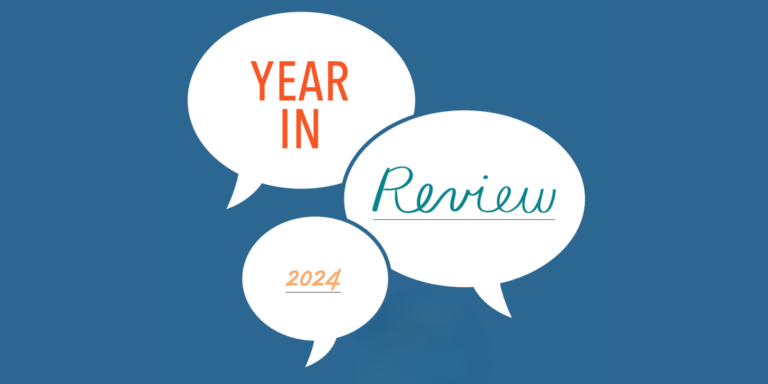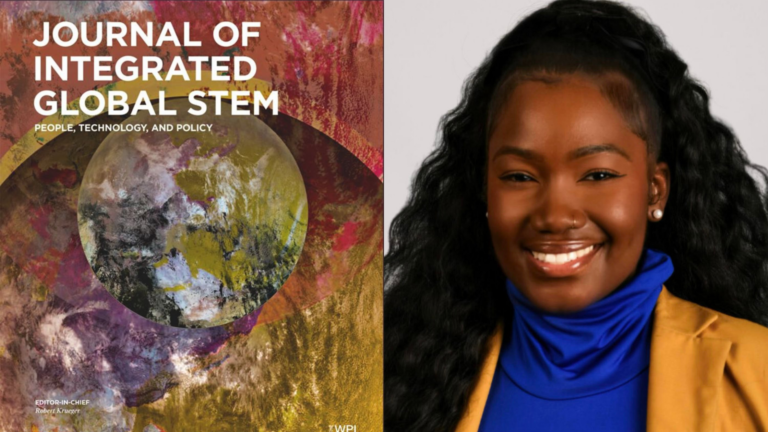Philanthropic support helps sustain most nonprofit organizations. Yet relationships between funders and grantees can often be fraught, with misalignment on goals and strategy, unclear expectations, and inconsistent policies. As a sector, philanthropy has sometimes pursued approaches that have furthered inequities. At the same time, philanthropy can also be an enormous force for good, helping grantees progress in powerful ways, advancing new and innovative approaches to addressing persistent challenges around the globe, and being a partner in community-driven change.
What are the elements that contribute to positive relationships between grantees and funders? What are the ways in which philanthropy can be most effective? What are the areas in which philanthropy can fall short? We surveyed our 2022 grantees and conducted nine in-depth confidential interviews to dig deeper. (Read full methodology). What follows is a summary of key themes put together by our third part interviewer – and how we plan to respond.
Finding 1. Our philanthropy is at its most effective when it builds collaborative and open relationships with organizations, both before they give grants and while they are in the midst of a funding cycle
Interviewees especially appreciated Siegel Family Endowment’s collaborative style. Several interviewees cited Siegel staff’s willingness to connect and discuss challenges. Grantees who were interviewed for this project appreciated that such meetings were not adversarial, judgmental, or evaluative. One interviewee described it as a “streamlined collaborative process” that ultimately resulted in the grantee organization making a bigger impact than would otherwise be possible.
Grantees appreciated that these conversations typically began prior to receiving a grant from Siegel. As one interviewee explained, “We spend the time articulating the project work, and the milestones, and the entire span upfront…We know what we’re working towards. We know what we’re going to be reporting on right at the start.” Another interviewee explained that having such conversations from the beginning prevented the grantee from “throwing spaghetti at the wall” in its application and hoping some of it stuck. Yet, we also acknowledge that some organizations do not have the capacity to engage with us at this level of conversation, and we need to work extra hard to ensure we’re not overlooking their work.
HOW WE’RE RESPONDING: We commit to remaining open and collaborative, and to taking on that risk in new and innovative ways. That might mean continuing to fund strong, trusted, and impactful organizations or individuals even after a particular high-risk project was unsuccessful. It also means remaining open to early stage, proof-of-concept projects that could yield public investment down the line.
Finding 2. Innovation and impact flourish when we pair deep trust with transparency and accountability
Grantees emphasized that open and trusting relationships with funders drive impact. Transparency around shared metrics and goals allows grantees to remain focused on their programs, rather than contorting their offerings to a funder’s whim or expanding in ways that do not correspond to their core strengths.
When there is shared buy-in about key metrics to measure success, grantees are able to chart progress and identify challenges that, in turn, inform greater progress. Reporting on a long list of metrics that are out of sync with grantee priorities takes time away from working toward an organization’s mission. Survey responses showed that grantees especially appreciated Siegel’s role as a thought partner, and ability to “get into the weeds” with grantees about program design and outcomes.
HOW WE’RE RESPONDING: We are doubling down on our focus to trust and learn from our grantees. We work with grantees to identify alternate metrics and ways of capturing impact when one set of measures proves inadequate. We’ve refreshed our grantee engagement plan, and with the opening of our new office, plan to act as a convener for our networks to encourage growth and learning across our fields of interest. Furthermore, our external engagement team plans to dedicate time to sit down with our leaders in order to more systematically garner insights, amplify grantee work, and jointly promote their work in the field.
Finding 3. Partners appreciated our commitment to reducing grantee burden, though our team fell short on capacity
Relatedly, grantees appreciated that both application and reporting requirements for Siegel were clearly defined and not overly burdensome. One grantee described the application as “a very easy process.” Another grantee emphasized the flexibility of the reporting process. “Instead of formal reports, there are conversations about progress, which is such a unique and refreshing approach.” Grantees said that this flexibility and the minimal reporting requirements allowed them to focus on delivering better programs.
A priority of Siegel’s grantmaking is reducing grantee burden. Survey responses reinforced that this is coming through strongly in our work, in particular with co-authored grant proposals and low-lift reporting style. However, due to our limited capacity we sometimes dropped the ball on grant executions and check-in timelines. Last year was a major period of growth for our organization and while we were in flux we struggled with capacity to deliver on our grantee engagement plans in some cases. In some cases, our limited bandwidth has led to less frequent communication and feelings of ambiguity about funding.
HOW WE’RE RESPONDING: We are thrilled to announce that we have grown our grantmaking team, added capacity, and have revised our processes to better serve our grantee partners. We appreciate the patience and partnership that our grantees have generously provided in 2022 and we look forward to exceeding their expectations in the year ahead. We will continue to push the boundaries of traditional philanthropy to center grantee experience and prioritize the vital work they do every day over paperwork, long reports, and burdensome applications.
Finding 4. Multi-year commitments, support for general operating expenses, and straightforward application processes are votes of confidence in our grantees and allow sustainable, long-term planning
Interviewees explained that multi-year commitments, support for general operating expenses, and straightforward application processes are not just desirable from an administrative standpoint, but indicate high levels of trust in the supported organization. That, in turn, helps to nurture funder relationships that propel impactful work.
To that end, grantees did express some critiques of Siegel’s funding level and timelines. While the vast majority of Siegel’s funding is unrestricted, funding is also year-to-year, making future planning and staffing challenging. Some grantees felt that timelines were too long, while turnaround was too short. Others expressed concern about the irregular nature of funding cycles. The interviewee said, “It would be ideal to have a set format and deadline that allows more time for grantees to complete and have a regular proposal funding cycle. This would allow for us to count on and know about funding continuity.” Another interviewee also mentioned lack of clarity; “It’s been tricky to understand timing and priorities” at points, the grantee said.
HOW WE’RE RESPONDING: For the 2023 calendar year, grant meetings will happen on a rolling basis between February and October. Each grant relationship is different, taking different amounts of time and collaboration to ensure that we align on goals, anticipated impact, and inquiry questions. You can find a few sample grantee timelines here. Above all, we re-commit to communicating along the way and managing expectations about the grant cycle.
Finding 5. Our website can be confusing and lacks vital information about its work
We agree.
HOW WE’RE RESPONDING: Welcome to our new website! We aim to use it as a platform to showcase our grantees and their work, as well as share our perspectives on our interest areas and philanthropy as a whole. Major changes include: a brief history of Siegel, information about our refreshed strategies and funding priorities, a list of our grantees, giving amounts, and giving terms, more details about our In-House research team and fellows, and more functionality and searchability to our Insights page to make what we’re learning more readily available. As a tech funder, we acknowledge the necessity of clear and readily accessible online information and look forward to having our website uphold those values this year.
Acknowledgement and Grantee Appreciation
We are incredibly grateful to our partners for taking time out of their very busy schedules to provide us with these insights and we commit to using them to improve our grantmaking practice in 2023 and beyond. We are proud of the feedback we received – not because it is all positive, but because it is indicative of the trusting relationships we have built with our grantees.
CREDIT:
- Rachel Burstein, PhD, independent interviewer and author
- Kyla Stewart, Grantmaking Program Associate, Siegel Family Endowment
- Edited by Laura Maher, Head of External Engagement, Siegel Family Endowment





